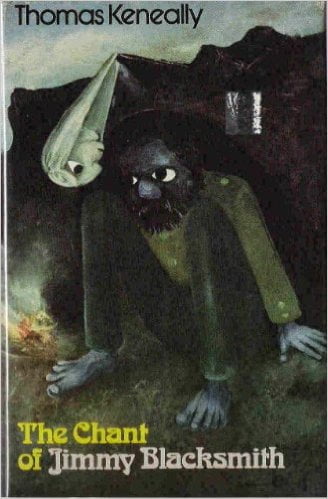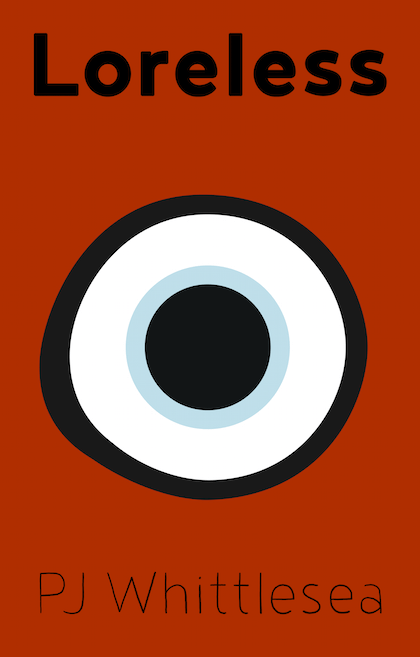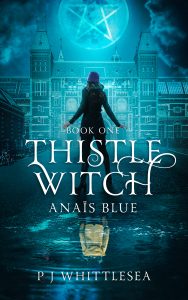Writing From An Indigenous Perspective: Part 1
My biggest struggle with writing Loreless has been the question whether I have the right to write from an indigenous perspective.
There are many opinions on this subject.
One of the authors I researched when I started was Thomas Keneally and his book “The Chant of Jimmy Blacksmith”. He has said that if he could do his time over again he would not attempt to write such a book. He also claimed the he probably would have written it from a different point of view. He might have written from the white perspective.
His attitude didn’t really give me much faith in what I am doing.
I still worry about it.
I don’t want to insult people or come across as racist. I don’t want to create characters that are essentially derogatory. It’s a fine line I’m treading.
I worry that my abilities as a writer are not yet formed well enough to pull it off. I have learnt to write in long form through creating this book. There will be things about it that don’t make the grade. I decided that I have to push the boat out and make it work.
I’m still uncertain if I will be successful.
My drive to write this story comes from an unstoppable belief that it needs to be told. It’s just a feeling, and a common one among writers. As is the belief that you have created something extremely important.
It’s not surprising really, you are not going to write unless you have something you feel is important to say.
When I had the original idea for Loreless, I was living in Germany. I was a long way from home.
I suppose the idea to write about the Aboriginal experience came from the inquisitive nature of Germans. Whenever anyone heard that I was Australian they would drill me with questions about the country. I have to admit that there were times when I stretched the truth but I did also have to dispel some myths. Strange misconceptions, like the idea that it was common for kangaroos to be found jumping along on the Sydney Harbour Bridge. There was the vision of there being no difference between outback Australia and urban Australia.
To foreigners it was all one.
Australia was an amalgamation of city and country. A desert landscape full of strange animals.
There was also a strong interest in Australia’s original inhabitants. I had grown up in an outback town and had close Aboriginal friends, both when I was a child and later as an adult. I thought I knew a lot about the culture. Because of the interest I decided to tell the story.
I thought I was doing it to tell others about the culture. In the end I found out more that I could have imagined. I discovered more about the culture than I could have thought possible.
In the end the book is my personal experience of Aboriginal culture.
I don’t claim to know it all. I have only had a taste of it myself.
But then that is my intention. I would like you, the reader, to go away and find out more for themselves. I am only providing an introduction.
I had to put myself in the mind of an indigenous Australian to truly find things out. You can’t really discover things if you are looking from the outside. You need to immerse yourself in it and become part of it. Then you need to share that experience.
That is a writers job. My hope is that I have been successful in achieving that.
If you want to read the book, now’s your chance. It is currently available in ebook and paperback formats on Amazon, iBooks, Kobo, and Barnes and Noble or at your local bookstore.
Who knows, just like me, you might discover more than you expect.
Sign up below and become a beta reader.
Who knows, you might discover more than you expect.




